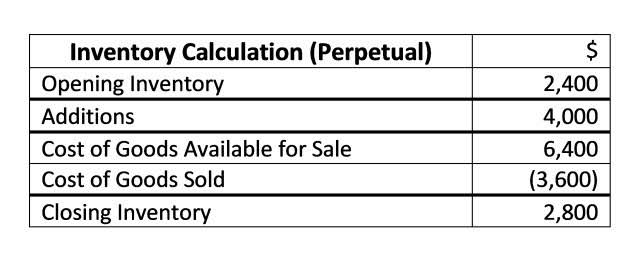
In conclusion, Cost-Benefit Analysis is an invaluable method for assessing the viability and potential payoff of various projects and decisions. The analysis culminates in a Benefit-Cost Ratio, offering a quantifiable assessment of a project’s worth. Presenting these findings with clarity and transparency about underlying assumptions and limitations is crucial. To make a fair comparison in your analysis, you need to consider the present value of future costs and benefits. This involves using a discount rate that is based on the idea that today’s money is more valuable than the same amount in the future. The discount rate takes into account the opportunity cost of capital (money you could make if you used your funds elsewhere) or the expected rate of return.
- However, a cost-benefit analysis might also involve other calculations such as return on investment (ROI), internal rate of return (IRR), net present value (NPV) and the payback period (PBP).
- You can switch back and forth from the Gantt to the sheet view when you want to just look at your costs in a spreadsheet.
- Kick things off by setting clear objectives and defining the scope of your analysis.
- If the benefits outweigh the costs, then the project or decision is considered cost-effective.
- It keeps the focus on specific aspects that require evaluation and prevents the process from veering off-topic.
Use Appropriate Discount Rates
A cost-benefit analysis (CBA) is an effective tool for decision making. It guides you from defining project scopes to evaluating risks to help you make decisions that are grounded in a thorough blend of data and analysis. By adopting CBA, you’re equipped to navigate business complexities effectively and pave the way for the main goal of using a cost benefit analysis is to reach a future success. Outline the objectives, the timeline and the specific activities involved. Understanding the full scope ensures that all relevant costs and benefits are considered in the analysis. The internal rate of return (IRR) refers to the discount rate that equalizes a project’s net present value (NPV) to zero.
Deliver your projectson time and under budget
This can improve accountability and ensure that projects or decisions are achieving their intended outcomes. A CBA is the process of comparing the costs of a project to the benefits generated from it and determining if a https://www.bookstime.com/ business should invest in the project. While a CBA is usually expressed in monetary terms, intangible costs like time and health risks are sometimes also taken into consideration along with the impact on business income.
Determine your project’s benefits
Jennifer Simonson draws on two decades as a journalist covering everything from local economic developement to small business marketing. Beyond writing, she tested entrepreneurial waters by launching a mobile massage service, a content marketing firm and an e-commerce venture. These experiences enriched her understanding of small business management and marketing strategies.
Understanding Cost-Benefit Analysis: Definition, Benefits, and Best Practices

First, it lifts decision making above gut reactions by forcing an objective, data-driven approach. Instead of making important choices based on feelings, you make them based on facts because you’re relying on hard data. But there tends to be five vital steps (or variations of these steps) that most will follow when carrying out the analysis. If the costs outweigh the benefits, ask yourself if there are alternatives to the proposal you haven’t considered.
Determine the Benefits
While a desire to make a profit drives most companies, there are other, non-monetary reasons an organization might decide to pursue a project or decision. In these cases, it can be difficult to reconcile moral or “human” perspectives with the business case. For your analysis to be as accurate as possible, you must first establish the framework within which you’re conducting it. What, exactly, this framework looks like will depend on the specifics of your organization.
Identify Your Costs and Benefits
Work out your values and compare

How Asana uses work management to optimize resource planning
- Stakeholders external to the firm (environmental watch groups, regulators, consumers, etc.) often use CBA to evaluate…
- The main purpose of doing a cost-benefit analysis is to determine which projects should be undertaken.
- The benefit-cost ratio (BCR) is a numeric comparison that aligns a project’s complete benefits with its total costs.
- Cost-benefit analysis is calculating the benefits versus the costs, which equals the value of a potential project, investment, or decision.
- However, decision-makers need to be aware of its limitations and use it in conjunction with other types of analysis to make more informed decisions.
- Using a project management tool can make this step easy—since all of your project information and communications are housed in one place, you can easily look back at past initiatives.

